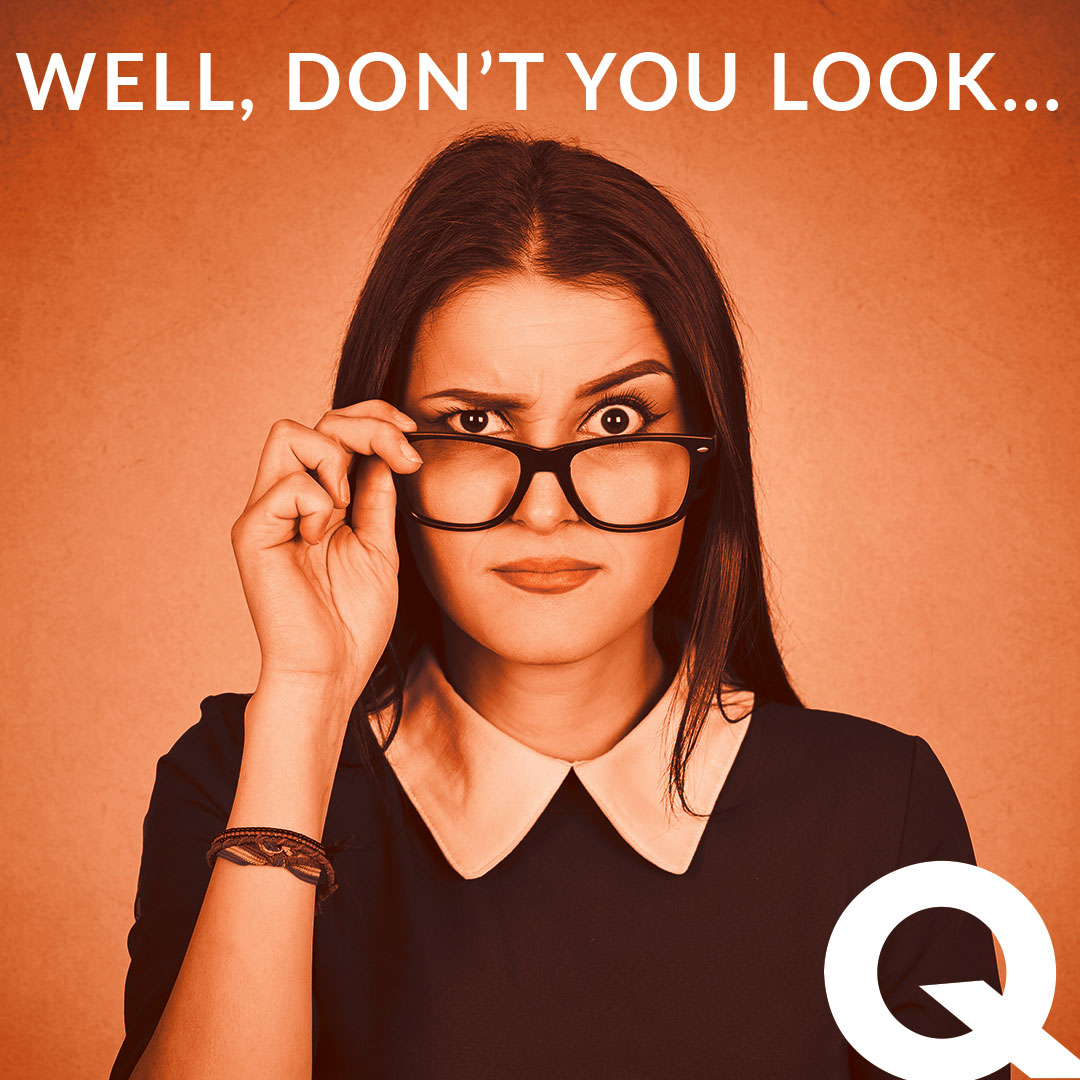What to wear is one of the first decisions faced by many each day.
 The outcome of that choice can also be the first, and quickest, deciding factor of how one is judged. According to the Association for Psychological Science Observer, the impression you make is formed in the first tenth of a second of all encounters.
The outcome of that choice can also be the first, and quickest, deciding factor of how one is judged. According to the Association for Psychological Science Observer, the impression you make is formed in the first tenth of a second of all encounters.
No pressure.
If this daily decision leaves you wanting to crawl back into bed and you don’t have the Zuckerberg blue cotton shirt and jeans option, good news is ahead. In March 2019, Goldman Sachs – known for its age-old, button-down tradition – released an internal memo announcing the adoption of business casual for the investment bank’s everyday dress code.
Before you slip on your sweat pants and hoodie to schlep off to work, consider this.
Change in business dress code didn’t change overnight and responsibility for the change is arguably collective; one-part tech industry, two parts generational, infused with a splash of marketing pressure.
Today, Millennials or Gen Zers account for more than 75 percent of Goldman Sachs employees but don’t be so quick to blame or high-five the generation for ushering in change - this fashion shift has been years in the making. In fact, the first generation to pave the road to today’s standard attire can be traced to the tech industry with “Casual Fridays” first being implemented at HP (Hewlett Packard) in the 1950’s.
In addition to the slow, yet consistent, generational pressures, other factors influence fashion trends, including marketing. In the 90’s, the American apparel industry wasn’t experiencing the best of times and casual work attire had outgrown Silicon Valley. However, many workplaces who had instituted casual Fridays were experiencing workers who took liberty with their attire, blurring the line between casual and sloppy or inappropriate.
It was in this moment that Levi’s seized the opportunity to craft and distribute 25,000 pamphlets titled "A Guide to Casual Business Wear" to HR departments across the country. These guides showcased young professionals dressing smart in Levi's products, most notably Dockers khakis. This move proved to be either a win-win or a win-loss depending on which side of the suit you stand. Levi’s saw a 25% profit increase and ushered in a wave that uniformly dressed down workplaces across the country, turning millions of professionals into Levi’s consumers for years to come.
Today, with business casual serving as the new “casual Friday” and a multitude of work environments (work-at-home, work-in-car, flex work and freelance) in today’s economy, what to wear in the workplace sometimes seems unclear.
According to the Guide to Business Attire, what to wear at work no longer depends on the day but rather the setting. This can range from “casual” to “business formal.” Regardless of your own personal style, finding a good tailor can enhance all levels of formality, making your signature look even smarter.
While you may never get a second chance to make a first impression at work, you do have a second chance at bringing your “A” game to the next meeting, big or small.
